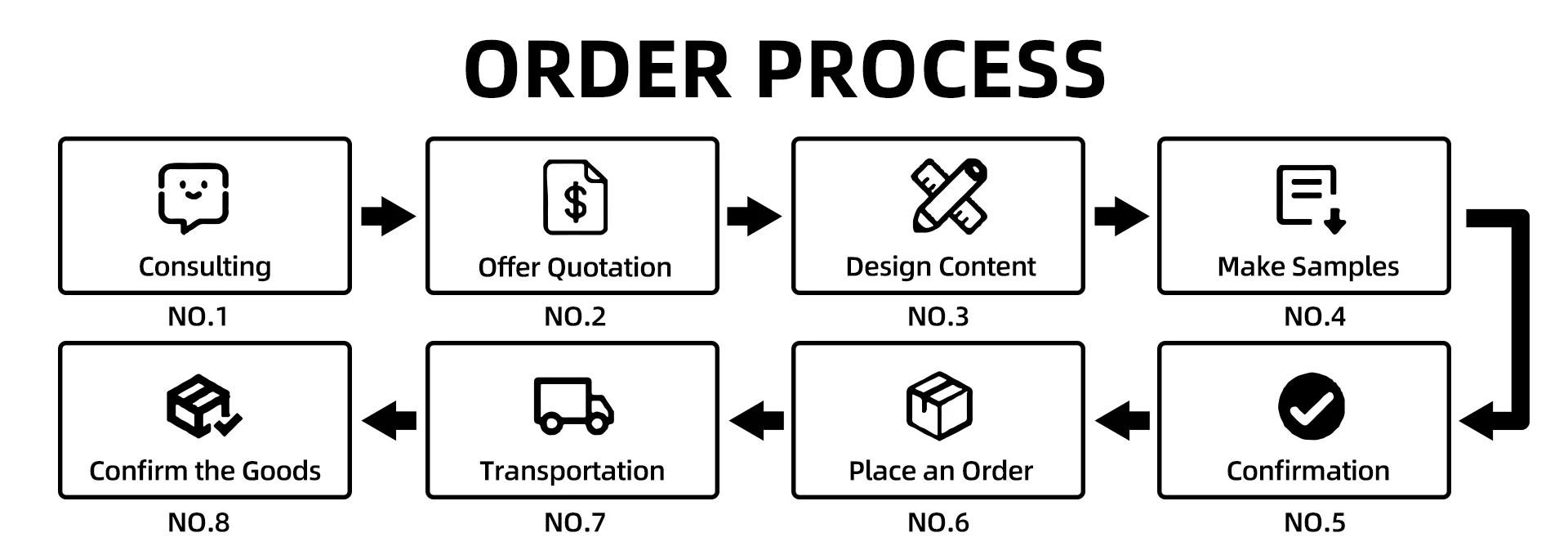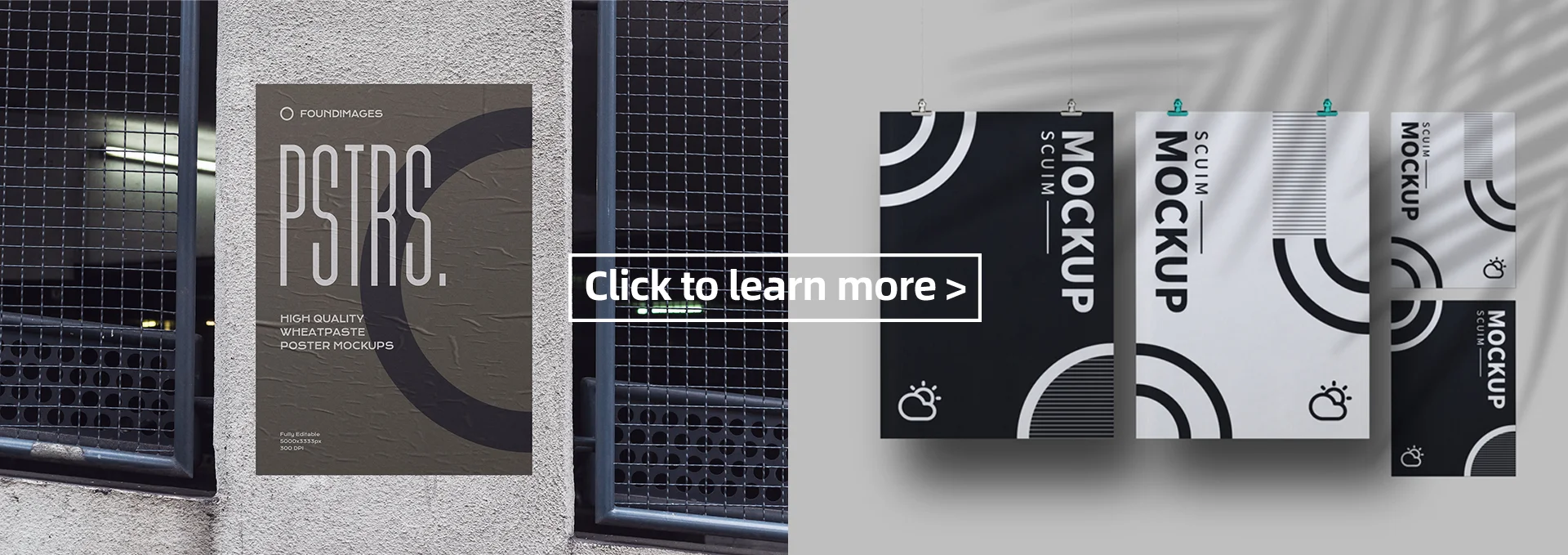About Company

" Product Categories "
color,material,size,logo can be all customized click to view more
" New Design "
Welcome to our shop
" Global Slte "
Welcome to our shop
" Our Advantage "
Welcome to our shop
1. Real-time monitoring: The display should provide real-time monitoring of all packaging lines, allowing operators to track the progress of each line and identify any bottlenecks or issues that may arise. 2. Production statistics: It should display production statistics such as the number of packages produced per hour, shift, or day. This will help management track productivity and identify areas for improvement. 3. Quality metrics: The display should show quality metrics such as the number of defective packages, rejection rates, and customer complaints. This will allow operators to identify any quality issues and take corrective action immediately. 4. Machine status: It should provide a visual representation of the status of each packaging machine, indicating whether it is running, idle, or experiencing any issues. This will help operators quickly identify any machine malfunctions and take appropriate action. 5. Process instructions: The display should provide detailed process instructions for each packaging line, including information on packaging materials, machine settings, and quality standards. This will ensure consistency and minimize errors in the packaging process. 6. Alerts and notifications: The display should have the capability to generate alerts and notifications for critical events such as machine breakdowns, low inventory levels, or quality issues. This will enable operators to take immediate action and minimize downtime. 7. Historical data analysis: It should allow operators to access historical data on production and quality metrics, enabling them to analyze trends and identify opportunities for process improvement. 8. Integration with other systems: The display should be integrated with other systems such as inventory management, order processing, and quality control systems. This will provide a seamless flow of information and enable operators to make data-driven decisions. Overall, a high-quality control display for a packaging company should provide real-time monitoring, production statistics, quality metrics, machine status, process instructions, alerts, historical data analysis, and integration with other systems to ensure efficient and accurate packaging operations.
Excellent cost performance refers to a product or service that offers a high level of quality and functionality at a reasonable price. It means that the product or service provides good value for money and exceeds expectations in terms of its performance relative to its cost. When a product or service has excellent cost performance, it means that it delivers the desired benefits and features without being overly expensive. This is particularly important for consumers who are looking for value and affordability in their purchases. For example, a smartphone that offers advanced features, a high-quality camera, and a long battery life at a relatively low price would be considered to have excellent cost performance. Similarly, a budget airline that offers affordable fares without compromising on safety or customer service would also be considered to have excellent cost performance. Overall, excellent cost performance is a key factor that many consumers consider when making purchasing decisions, as it allows them to get the most value for their money.
A packaging company's expertise and experience play a crucial role in its ability to deliver high-quality packaging solutions. Years of experience in the industry enable the company to understand the unique requirements and challenges involved in packaging various products. Expertise in materials and design allows the company to select the most suitable materials, shapes, and sizes for different products. This ensures that the packaging not only protects the product during transportation but also enhances its presentation and shelf appeal. A packaging company's ability to innovate is equally important. In an ever-evolving market, innovation is necessary to stay ahead of the competition and meet the changing needs of customers. An innovative packaging company can develop new packaging designs and technologies that offer improved functionality, sustainability, and cost-effectiveness. Furthermore, innovation in packaging can also contribute to enhancing the overall customer experience. For example, companies that incorporate smart packaging technologies, such as QR codes or NFC tags, can provide consumers with valuable information about the product, its origin, and usage instructions. Innovation can also be seen in the adoption of sustainable packaging practices. With increasing environmental concerns, customers are looking for packaging solutions that are eco-friendly. A packaging company that can develop and offer sustainable packaging options, such as biodegradable materials or recyclable packaging, demonstrates its commitment to environmental responsibility. Overall, a packaging company's expertise, experience, and ability to innovate are critical factors that determine its success in meeting the diverse packaging needs of clients and staying competitive in the market.
A large-scale production is an impressive display of resources, coordination, and capabilities. Here is a demonstration of what makes a large-scale production so impactful: 1. Vast production facilities: A large-scale production typically involves expansive facilities, including warehouses, factories, and assembly lines. These facilities are equipped with state-of-the-art machinery and technology to handle high volumes of production efficiently. 2. Extensive workforce: Large-scale productions require a significant workforce to handle various tasks. This includes skilled workers, technicians, engineers, managers, and support staff. The size and diversity of the workforce enable the production to operate smoothly and meet demanding targets. 3. Streamlined supply chain: A large-scale production relies on a well-established and efficient supply chain network. This involves sourcing raw materials and components from multiple suppliers, managing inventory, and coordinating logistics to ensure a consistent flow of inputs and outputs. 4. Advanced automation and robotics: Large-scale productions often incorporate automation and robotics to enhance productivity and minimize human error. Robots can perform repetitive tasks with precision and speed, resulting in increased efficiency and reduced costs. 5. Quality control measures: With large-scale productions, maintaining quality standards is crucial. Therefore, comprehensive quality control measures are implemented at every stage of the production process. This includes regular inspections, testing, and adherence to strict quality assurance protocols. 6. Scalability and flexibility: Large-scale productions are designed to handle fluctuations in demand effectively. The production systems are scalable, allowing for easy expansion or contraction based on market needs. This flexibility ensures that the production can meet changing customer demands without compromising efficiency. 7. Innovation and research: Large-scale productions often invest in research and development to stay competitive and drive innovation. This involves continuous improvement of products, processes, and technologies to enhance performance, reduce costs, and meet evolving customer expectations. 8. Sustainable practices: Many large-scale productions prioritize sustainability by implementing eco-friendly practices. This includes optimizing energy consumption, reducing waste generation, recycling materials, and minimizing the environmental impact of the production processes. 9. Global reach: Large-scale productions often have a global reach, supplying products to markets worldwide. This requires an extensive distribution network and the ability to comply with international standards and regulations. 10. Economic impact: Large-scale productions generate significant economic benefits by creating jobs, driving local economies, and contributing to the overall GDP of a region or country. These productions often become major employers and play a vital role in stimulating economic growth. In conclusion, a large-scale production demonstrates the immense scale, capabilities, and impact of an organization's resources, workforce, technology, and processes. It showcases the ability to handle high volumes efficiently, maintain quality standards, adapt to changing demands, drive innovation, and contribute to the economy.






































